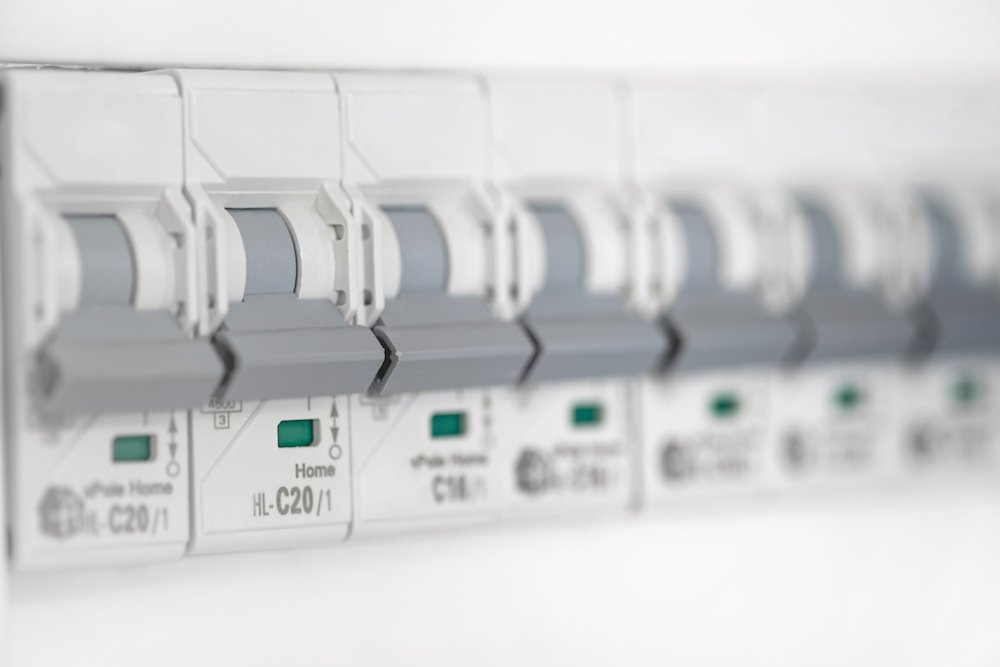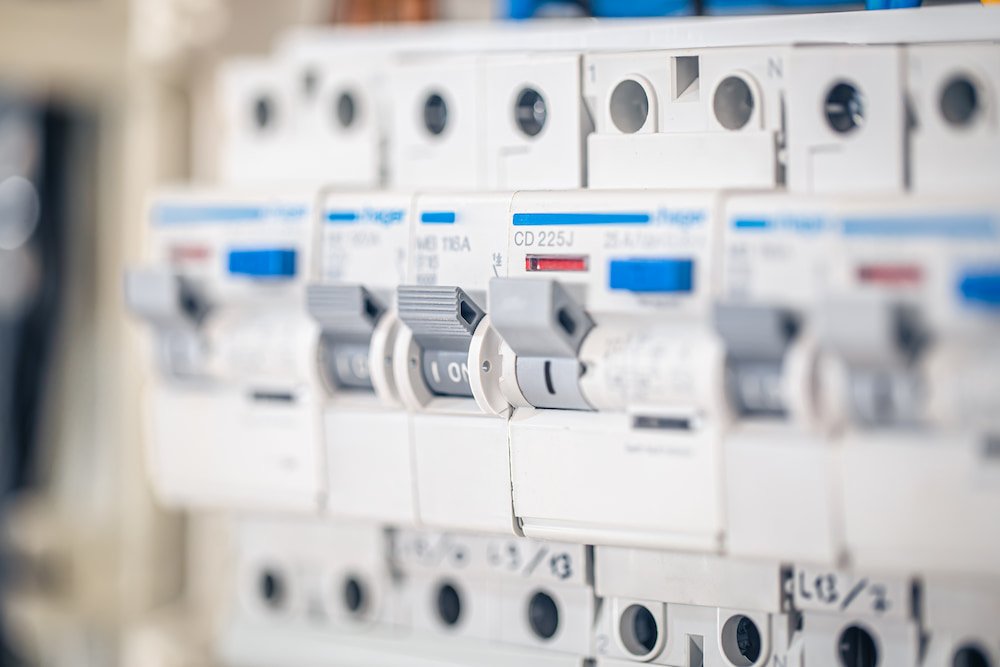Replacing your consumer unit is one of the most important electrical upgrades you can make at home. Often overlooked until a fault occurs, your consumer unit (sometimes called a fuse board) plays a critical role in keeping your electrics running safely and smoothly.
If you’re wondering what’s involved in consumer unit replacements or how long it actually takes, here’s what you need to know.
Why consider replacing your consumer unit?
There are several reasons why homeowners decide to upgrade or replace their consumer unit. In many cases, it comes down to safety, legal compliance, or keeping up with modern usage.
You might need a replacement if:
- Your current unit doesn’t have RCD protection
- You still have an outdated fuse board with rewireable fuses
- You’re having frequent electrical trips or issues
- You’re renovating or adding more appliances and circuits
- An Electrical Installation Condition Report (EICR) recommends it
Newer units offer much better protection and comply with current regulations. If your board is more than 20–25 years old, it’s a good idea to have it inspected.
How long does it take to change a consumer unit?
In most domestic properties, replacing a consumer unit usually takes between 4 to 8 hours. However, the exact time can vary depending on a few factors:
- The condition of your existing wiring
- Whether circuits need repair or upgrades
- The number of circuits in the property
- Whether additional testing or fault-finding is required
Before the new unit is installed, your electrician will test all the existing wiring to ensure it’s safe. Once installed, they’ll carry out full testing and issue a certificate to confirm compliance with the latest wiring regulations.
In some cases, if faults are found, the process can take a bit longer, especially if additional remedial work is needed.
What happens during a consumer unit replacement?
The job is more detailed than simply swapping the unit. Here’s what typically happens during the process:
- Power is safely isolated throughout the property
- Your old consumer unit is removed
- A new unit is installed with RCD/RCBO protection
- Each circuit is tested before and after connection
- A full EIC (Electrical Installation Certificate) is issued
After completion, you’ll have a much safer system, better protection from electrical faults, and compliance with current regulations.
If you’d like a professional to assess your setup, explore our consumer unit upgrades for expert advice and installation.

Should you upgrade now or wait?
If your current fuse board is still functioning, it’s tempting to leave it alone. But even if everything seems fine on the surface, older units may not trip properly in the event of a fault. That means the risk of electric shock or fire could be higher than you realise.
An upgrade is especially worth doing before you add things like electric vehicle chargers, new appliances, or if you’re having renovation work done.
Final thoughts
Upgrading your consumer unit isn’t just about ticking a safety box. It’s about peace of mind, better energy management, and preparing your home for the future.
If your system is outdated or you’re unsure about its condition, speak to a qualified electrician. You can get started with our consumer unit upgrades for a safe, modern solution that fits your needs.
References:


